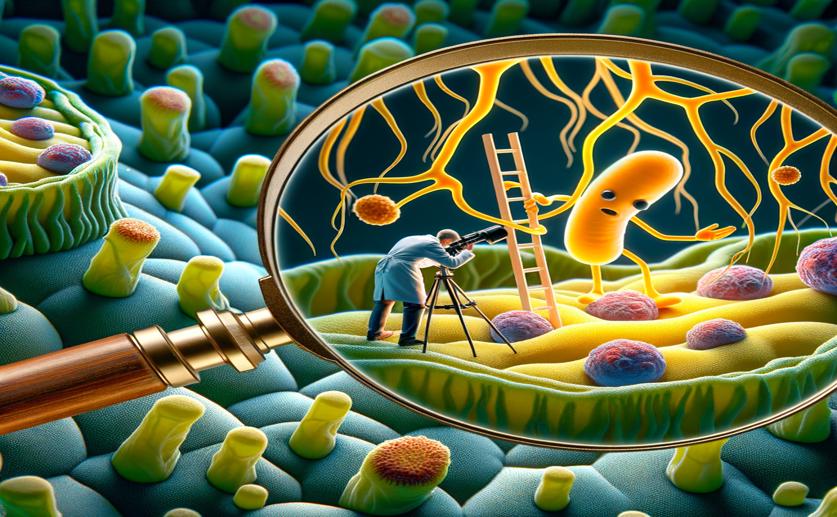
Understanding How a Key Enzyme Helps Create Health-Boosting Compounds in Ginseng
Jim Crocker
28th August, 2024

Image Source: Natural Science News, 2024
Key Findings
- Researchers at Capital Medical University identified a new gene, PnUGT57, crucial for creating bioactive compounds in Panax notoginseng
- PnUGT57 helps produce notoginsenosides, which have therapeutic benefits like antioxidant and anti-inflammatory effects
- Key residues in PnUGT57 were identified, and specific mutations significantly improved the enzyme's activity, aiding future therapeutic applications
References
Main Study
1) Characterization of a Xylosyltransferase from Panax notoginseng Catalyzing Ginsenoside 2'-O Glycosylation in the Biosynthesis of Notoginsenosides.
Published 27th August, 2024
https://doi.org/10.1021/acs.jnatprod.4c00298
Related Studies
2) Traditional uses, botany, phytochemistry, pharmacology and toxicology of Panax notoginseng (Burk.) F.H. Chen: A review.
3) Proteomics and transcriptome reveal the key transcription factors mediating the protection of Panax notoginseng saponins (PNS) against cerebral ischemia/reperfusion injury.
4) Notoginsenoside R1 attenuates oxidative stress-induced osteoblast dysfunction through JNK signalling pathway.
5) Notoginsenoside R1 Improves Cerebral Ischemia/Reperfusion Injury by Promoting Neurogenesis via the BDNF/Akt/CREB Pathway.



 24th August, 2024 | Jim Crocker
24th August, 2024 | Jim Crocker